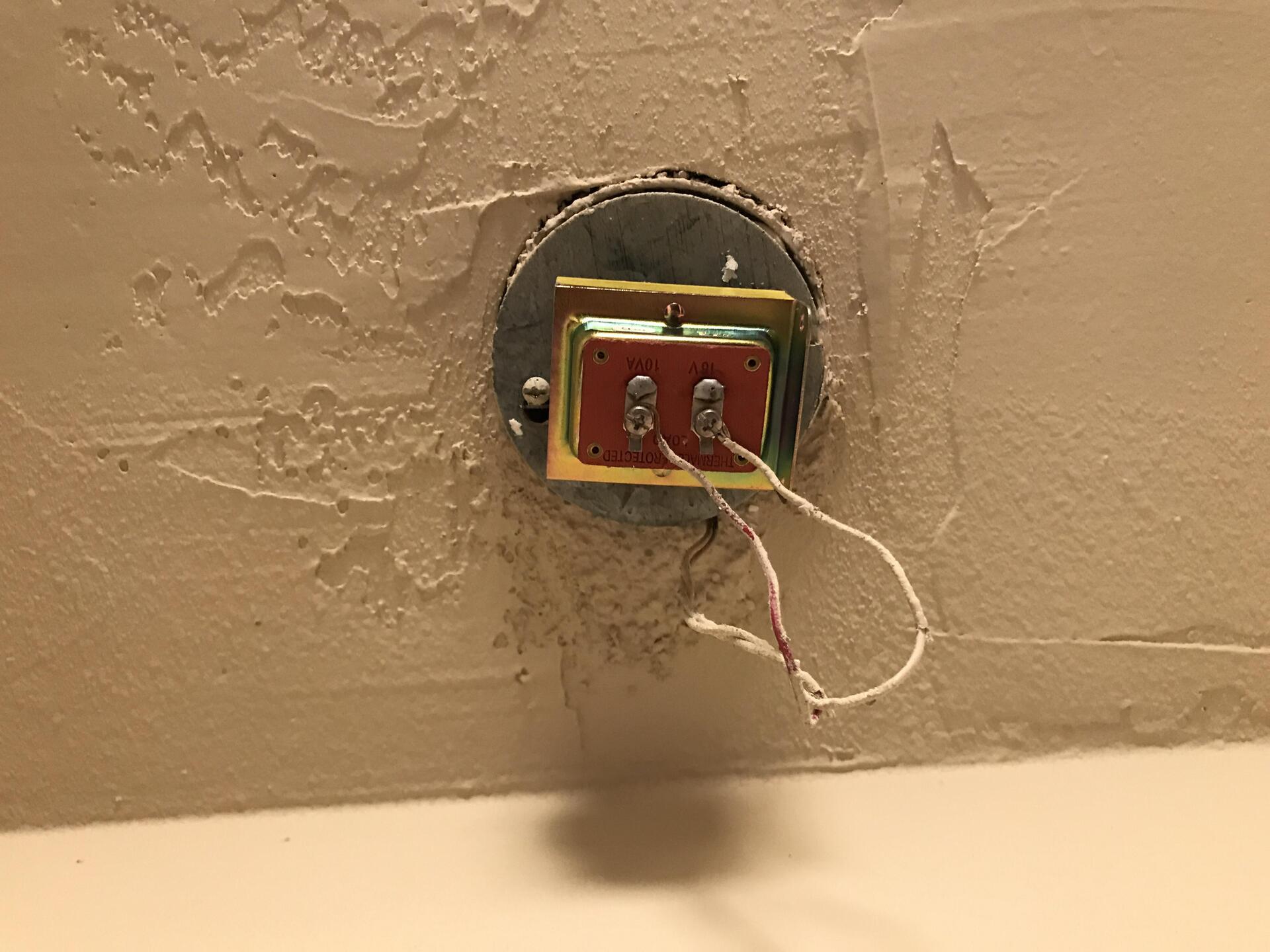

Articles
How To Find My Doorbell Transformer
Modified: October 21, 2024
Looking for articles on how to find your doorbell transformer? Get step-by-step instructions and tips in this comprehensive guide.
(Many of the links in this article redirect to a specific reviewed product. Your purchase of these products through affiliate links helps to generate commission for Storables.com, at no extra cost. Learn more)
Introduction
When it comes to our home’s electrical system, there are many components that work together to ensure everything functions properly. One crucial component that often goes unnoticed is the doorbell transformer. This small device is responsible for transferring the electrical power needed to operate your doorbell. While it may not be something you think about often, knowing how to find your doorbell transformer can be beneficial in various situations.
In this article, we will explore the importance of locating your doorbell transformer and provide you with practical methods to help you find it. Whether you need to replace or troubleshoot your doorbell system, having this knowledge will come in handy.
Before we dive into the methods, let’s first understand what exactly a doorbell transformer is.
Key Takeaways:
- Locating your doorbell transformer is crucial for troubleshooting, upgrading, and ensuring the safety of your doorbell system. Understanding its significance and using practical methods can save time and effort in addressing issues effectively.
- By following methods such as checking near the doorbell chime, inspecting the electrical panel, tracing the wiring, and using a circuit tester, homeowners can successfully locate their doorbell transformer and maintain the smooth operation of their doorbell system.
Read more: Why Does My Doorbell Transformer Hum
What is a Doorbell Transformer?
A doorbell transformer is a small electrical device that reduces the standard voltage of your home’s electrical system to a lower voltage suitable for operating doorbells. It essentially acts as a power supply for your doorbell system. Most doorbell transformers have an input voltage of 120 volts, which is the standard voltage in residential homes, and an output voltage between 12 and 24 volts.
The purpose of using a lower voltage is to ensure the safety of the doorbell system and prevent any potential damage to the doorbell components. It also allows for efficient power transmission over long distances of doorbell wiring. Without a doorbell transformer, the high voltage from your home’s electrical system would fry the doorbell components.
Doorbell transformers are typically installed in an inconspicuous location, often hidden behind walls, ceilings, or electrical panels. They can be hardwired directly into the electrical system or plugged into an outlet, depending on the type of transformer. The location of the transformer can vary from home to home, but there are some common places where it is usually found.
Now that we have a basic understanding of what a doorbell transformer is, let’s explore why it is important to know its location.
Importance of Finding the Doorbell Transformer
Knowing the location of your doorbell transformer is essential for several reasons. Let’s take a look at why it is important to find your doorbell transformer:
- Repair and troubleshooting: If your doorbell system is not working properly, locating the doorbell transformer can help you diagnose and resolve any issues. It allows you to check if the transformer is functioning correctly or if it needs to be replaced. By knowing where it is located, you can easily access and inspect the wiring and connections.
- Upgrading the doorbell system: If you want to upgrade or replace your existing doorbell system, knowing the location of the transformer is crucial. Upgrading to a more advanced doorbell system may require additional wiring or a different transformer. By finding the current transformer, you can determine its compatibility with the new system and make the necessary adjustments.
- Prevent electrical hazards: In rare cases, doorbell transformers can malfunction or become faulty, leading to electrical hazards such as overheating or short circuits. By locating the transformer, you can regularly inspect it for any signs of damage or wear and take appropriate action to prevent any potential safety risks.
- Renovations and remodeling: During home renovations or remodeling projects, it is crucial to be aware of the location of your doorbell transformer. If you plan to change the placement of your doorbell chime or wiring, knowing where the transformer is can help you route the wiring accordingly and ensure the system continues to function correctly.
- Property inspections: When conducting home inspections or appraisals, knowing the location of the doorbell transformer can provide valuable information to potential buyers or inspectors. It ensures that the doorbell system is in good working condition and that any necessary repairs or replacements can be assessed accurately.
By understanding the importance of locating your doorbell transformer, you can effectively address any issues, upgrade your system, and ensure the safety and functionality of your doorbell system.
Signs That Indicate the Need to Locate the Doorbell Transformer
There are several indicators that can help you determine if it is necessary to locate your doorbell transformer. Paying attention to these signs can save you time and effort in troubleshooting and resolving any doorbell system issues. Here are some common signs that indicate the need to locate the doorbell transformer:
- Doorbell system not working: The most obvious sign is when your doorbell system stops working completely. If you press the doorbell button, but there is no sound or response from the chime, it could be due to a problem with the transformer. By locating the transformer, you can assess if it needs to be repaired or replaced.
- Inconsistent or weak ring: If your doorbell chime rings inconsistently or sounds weak, it could be a sign of a voltage issue caused by a faulty transformer. The transformer may not be delivering enough power to the doorbell system, resulting in a poor or inconsistent ring. Finding the transformer can help you determine if this is the root cause of the problem.
- Burnt or melted wiring: If you notice burnt or melted wiring around your doorbell chime or anywhere else in the doorbell system, it is crucial to locate the transformer immediately. This can indicate a severe electrical issue, such as a short circuit or an overloaded transformer. Addressing this problem promptly is essential for safety reasons.
- Malfunctioning doorbell components: If certain components of your doorbell system, such as the doorbell button or the chime, are not working correctly, it could be due to a faulty transformer. By locating the transformer, you can inspect the wiring and connections to identify any issues and take the necessary steps to resolve them.
- Interference with other electrical devices: In some cases, a doorbell transformer that is too close to other electrical devices might cause interference with their performance. This can result in issues such as static or distorted sound from speakers or poor Wi-Fi signal quality. Locating the transformer and adjusting its placement can help mitigate these problems.
By paying attention to these signs and promptly locating your doorbell transformer, you can effectively address any issues and ensure the proper functioning of your doorbell system.
Tools Required for Locating the Doorbell Transformer
Finding the doorbell transformer may require a few tools to assist you in the process. While the specific tools needed can vary depending on the methods used, here are some commonly used tools that can help you locate the doorbell transformer:
- Screwdriver: A screwdriver will be useful for removing the cover plates or panels that may be hiding the doorbell transformer. Depending on the type of screws used, you may need a flathead or Phillips screwdriver.
- Flashlight: A flashlight will come in handy, especially if the doorbell transformer is located in a dimly lit area, such as an attic, basement, or electrical panel.
- Circuit tester: A circuit tester is an essential tool for checking the presence of electrical current in wires. This tool is useful for confirming if the transformer is receiving power and helping you identify the correct wires.
- Voltage tester: A voltage tester is used to measure the voltage output of the transformer. This tool can help you ensure that the transformer is providing the correct voltage to your doorbell system.
- Wire tracer or toner: If you are unable to physically locate the transformer, a wire tracer or toner can be used to help trace the path of the doorbell wiring and pinpoint the location of the transformer.
- Basic hand tools: Depending on the accessibility of the transformer, you may need basic hand tools, like pliers or wire cutters, to manipulate the wiring or remove any obstacles in your way.
Having these tools on hand will make the process of locating the doorbell transformer much easier and more efficient. However, it is important to exercise caution and follow proper safety procedures when working with electrical components.
Now that we have covered the tools required, let’s explore some methods you can use to find your doorbell transformer.
To find your doorbell transformer, start by checking the area around your electrical panel. Look for a small rectangular box with wires coming out of it. It may be mounted on the wall or ceiling nearby.
Read more: How To Install Doorbell Transformer
Method 1: Checking Near the Doorbell Chime
One of the first places to look when trying to locate your doorbell transformer is near the doorbell chime itself. The doorbell chime is typically located inside your home, near the front entrance. Here’s how you can use this method to find the transformer:
- Locate the doorbell chime: Start by finding the doorbell chime, which is typically mounted on a wall or ceiling near the front entrance of your home. The chime is the device that produces the audible sound when the doorbell button is pressed.
- Inspect the area around the chime: Carefully remove the cover of the doorbell chime to expose the wiring and any potential signs of the transformer. Look for any wires that are connected to the chime or any electrical boxes or panels nearby.
- Follow the wiring: Trace the wires connected to the doorbell chime and follow their path. The doorbell transformer is usually positioned along the same wiring path, so continue following the wiring until you locate the transformer. It may be hidden behind a wall, inside an electrical box, or in close proximity to the chime.
- Use a circuit tester: To confirm that you have found the transformer, use a circuit tester to check the wires going into the transformer. Place one probe of the tester on one wire and the other probe on another wire. If the tester lights up or makes a sound, it indicates that the transformer is receiving power.
- Note the location: Once you have successfully located the transformer, take note of its exact location for future reference. This will be helpful if you need to perform any repairs or replacements in the future.
It’s important to remember that the doorbell transformer may not always be located near the chime, especially in older homes where the wiring may have been modified or rerouted. If you are unable to find the transformer near the chime, you may need to explore other areas, as described in the following methods.
Now that you have explored the first method, let’s move on to the next method of locating the doorbell transformer.
Method 2: Inspecting the Electrical Panel
If you were unable to locate the doorbell transformer near the doorbell chime, another possible location to check is your home’s electrical panel. The electrical panel, also known as the circuit breaker panel, contains the main electrical service for your home. Here’s how you can use this method to find the doorbell transformer:
- Locate the electrical panel: Identify the electrical panel in your home. It is usually located in a basement, utility room, garage, or exterior wall.
- Open the panel: Carefully open the cover of the electrical panel using a screwdriver or the appropriate tool. Ensure that you follow all safety precautions when working with electrical equipment.
- Inspect the inside: Once the panel is open, examine the wiring inside. Look for any wires that are labeled or identified as being part of the doorbell system. These wires may be marked with the letters “DB” or “BELL”.
- Follow the wire: Trace the wire that is labeled as part of the doorbell system. This wire should lead you to the doorbell transformer. The transformer may be mounted on the inside of the electrical panel or located nearby.
- Use a circuit tester: To confirm that you have found the transformer, use a circuit tester to check the wires connected to it. Place one probe of the tester on one wire and the other probe on another wire. If the tester lights up or makes a sound, it indicates that the transformer is receiving power.
- Note the location: Once you have located the transformer, make a note of its exact location for future reference. This will be useful if you need to perform any repairs or replacements in the future.
Remember to exercise caution when working with electrical equipment and follow all safety guidelines. If you are uncomfortable or unsure about working with the electrical panel, it is best to seek the assistance of a qualified electrician.
Now that you have explored the second method, let’s move on to the next method of locating the doorbell transformer.
Method 3: Tracing the Doorbell Wiring
If the doorbell transformer is not located near the doorbell chime or the electrical panel, another effective method to find it is by tracing the doorbell wiring throughout your home. This method involves visually following the doorbell wiring to track down the transformer. Here’s how you can use this method:
- Start at the doorbell chime: Begin at the doorbell chime and visually examine the wiring connected to it. Take note of the color and type of wire used for the doorbell system.
- Follow the wiring path: Trace the doorbell wiring from the chime, following it along its path throughout your home. Look for any visible sections of the wiring along walls, ceilings, or inside electrical boxes.
- Examine potential hiding spots: Pay attention to any areas where the wiring disappears into walls, ceilings, or floorboards. These may indicate potential hiding spots for the doorbell transformer.
- Look for junction boxes or electrical panels: Check for junction boxes or electrical panels along the wiring path. The doorbell transformer could be located inside one of these boxes or in close proximity to them.
- Use a circuit tester: Once you suspect that you have found the doorbell transformer, use a circuit tester to confirm. Test the wires connected to the suspected transformer to check if it is receiving power.
- Note the location: After identifying the doorbell transformer, take note of its exact location for future reference. This will be helpful if you need to perform any repairs or replacements in the future.
Tracing the doorbell wiring can be a time-consuming process, especially if the wiring is hidden behind walls or ceilings. Remember to be patient and thorough in your search. If tracing the wiring becomes challenging or if you are uncomfortable with the process, it is advisable to seek the assistance of a professional electrician.
Now that you have explored the third method, let’s move on to the next and final method of locating the doorbell transformer.
Method 4: Using a Circuit Tester
If you have been unable to locate the doorbell transformer using the previous methods, you can employ a circuit tester to help you identify its exact location. A circuit tester is a handy tool that enables you to test electrical circuits and determine if there is power flowing through the wires. Here’s how you can use this method:
- Prepare the circuit tester: Begin by ensuring that the circuit tester is in proper working condition. Check the batteries and settings of the tester to guarantee accurate readings.
- Turn off the power: Before performing any tests, switch off the power to your home’s electrical system. This can be done by flipping the main breaker in the electrical panel to the “off” position.
- Identify the doorbell wiring: Locate the wires connected to your doorbell system. These wires are typically low-voltage and thinner than regular electrical wiring. They are usually connected to the doorbell chime and the doorbell button at the front entrance.
- Perform a circuit test: With the power off, touch one probe of the circuit tester to one of the doorbell wires and the other probe to another wire. If the circuit tester lights up or makes a sound, it indicates that the wires are live and carrying electrical current. This can help you trace the path of the wiring and locate the transformer.
- Follow the live wires: Starting from the doorbell chime, follow the live wires using the circuit tester. Trace the wiring along walls, ceilings, and floors, looking for any indication of the doorbell transformer.
- Check junction boxes or electrical panels: Pay special attention to any junction boxes, electrical panels, or hidden areas where the live wires may disappear into. The doorbell transformer could be located inside one of these boxes or in close proximity to them.
- Repeat the test: If necessary, repeat the circuit test at different points along the wiring path to ensure accuracy and narrow down the location of the doorbell transformer.
- Note the location: Once you have successfully identified the doorbell transformer, make a note of its exact location. This will be helpful for future reference and if you need to perform any maintenance or repairs.
Using a circuit tester can be an effective method for pinpointing the location of the doorbell transformer. However, if you are uncomfortable or unsure about working with electrical circuits, it is recommended to seek the assistance of a qualified electrician.
Now that you have explored the fourth and final method, you should have the knowledge and tools necessary to locate your doorbell transformer. By following these methods, you can troubleshoot issues, perform upgrades, and ensure the proper functioning of your doorbell system.
Read also: 10 Best Doorbell Transformer for 2024
Conclusion
Locating your doorbell transformer is an essential task for homeowners. Knowing its location can help you troubleshoot issues, perform necessary repairs or upgrades, and ensure the proper functioning of your doorbell system. In this article, we discussed the importance of finding the doorbell transformer and provided you with various methods to help you locate it.
We began by explaining what a doorbell transformer is and its role in transferring electrical power to your doorbell system. Understanding this component is crucial in comprehending its significance within your home’s electrical system.
We also highlighted the importance of finding the doorbell transformer by outlining various scenarios where this knowledge proves invaluable. Whether it’s repairing and troubleshooting your doorbell system, upgrading to a new system, or addressing safety concerns, knowing the location of the transformer is key to resolving these issues efficiently.
Next, we delved into four methods that you can use to locate your doorbell transformer. From checking near the doorbell chime to inspecting the electrical panel, tracing the wiring, and using a circuit tester, each method offers a unique approach to pinpoint the transformer’s precise location.
By following these methods and using the suggested tools, such as screwdrivers, flashlights, circuit testers, and wire tracers, you can increase your chances of successfully locating the doorbell transformer.
Remember to exercise caution when working with electrical components and, if necessary, seek the assistance of a qualified electrician. Your safety should always be a top priority.
In conclusion, finding your doorbell transformer is a valuable skill that can save you time and effort when it comes to troubleshooting, upgrading, or repairing your doorbell system. By mastering these methods, you can ensure the smooth operation and functionality of your doorbell, providing convenience and security for you and your home.
Now that you've mastered finding your doorbell transformer, why not tackle more DIY electrical projects? Discover how simple it is to extend your home's capabilities with our guide on electrical wiring in your garage. Ready for an upgrade? Learn the ropes of installing a new doorbell system and ensure your setup functions flawlessly with our detailed instructions. Both articles offer practical advice to enhance your home's functionality and safety.
Frequently Asked Questions about How To Find My Doorbell Transformer
Was this page helpful?
At Storables.com, we guarantee accurate and reliable information. Our content, validated by Expert Board Contributors, is crafted following stringent Editorial Policies. We're committed to providing you with well-researched, expert-backed insights for all your informational needs.
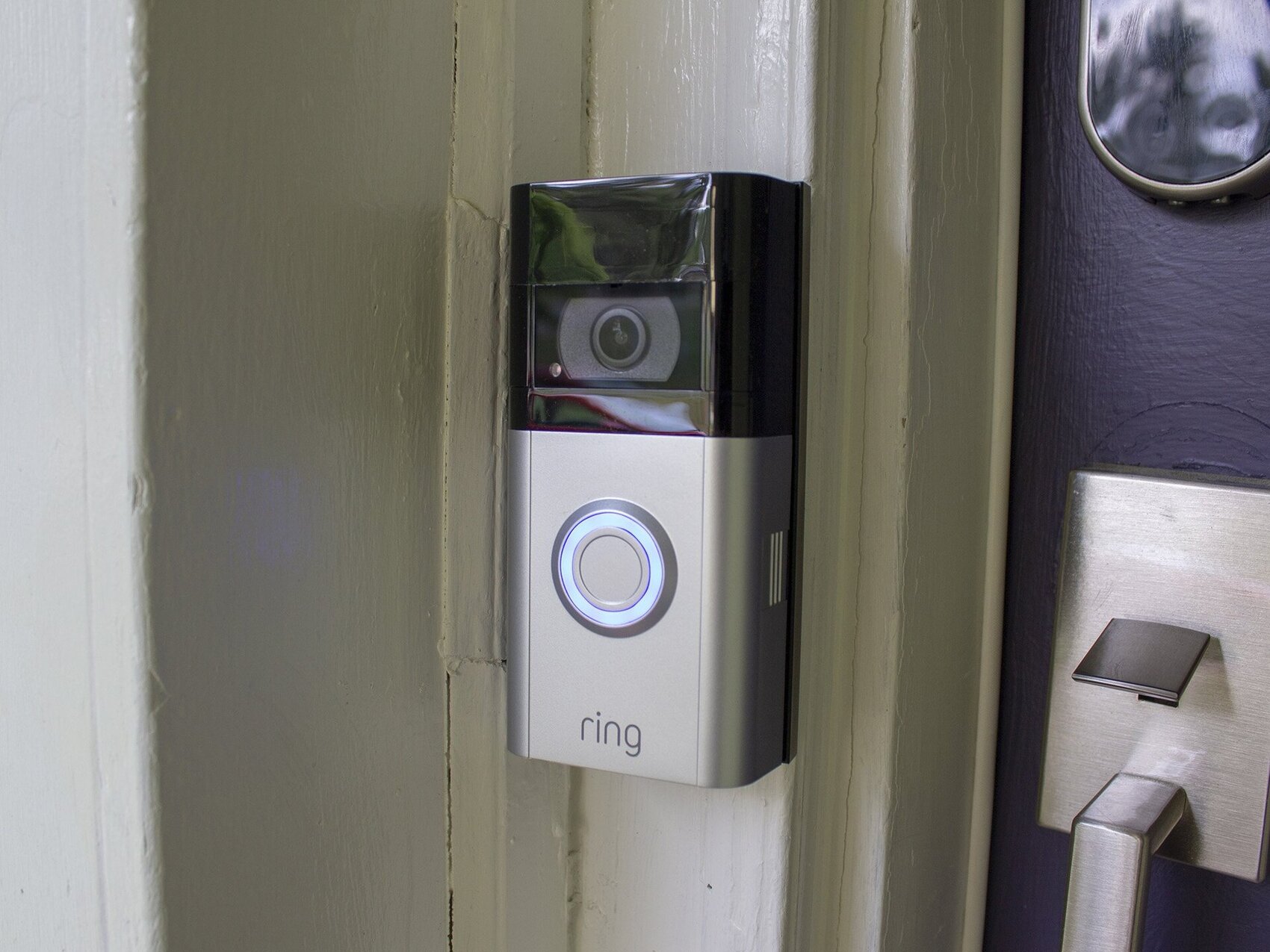
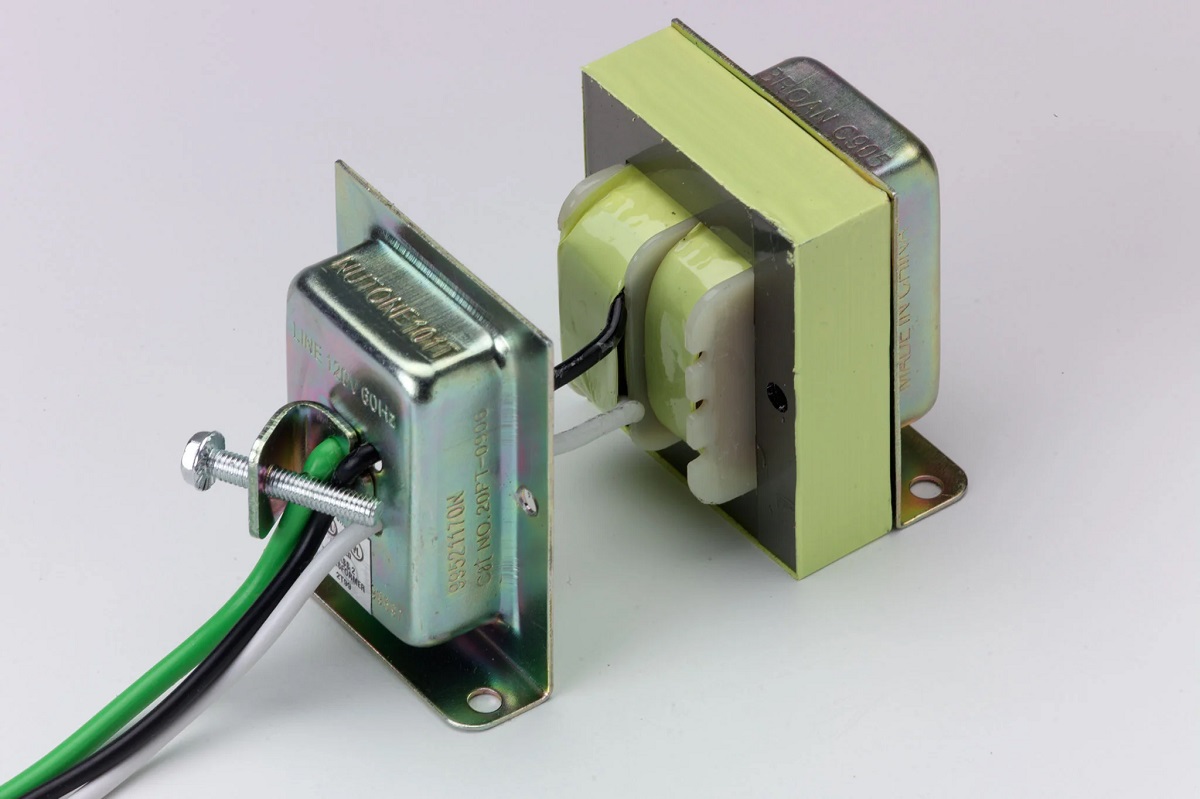
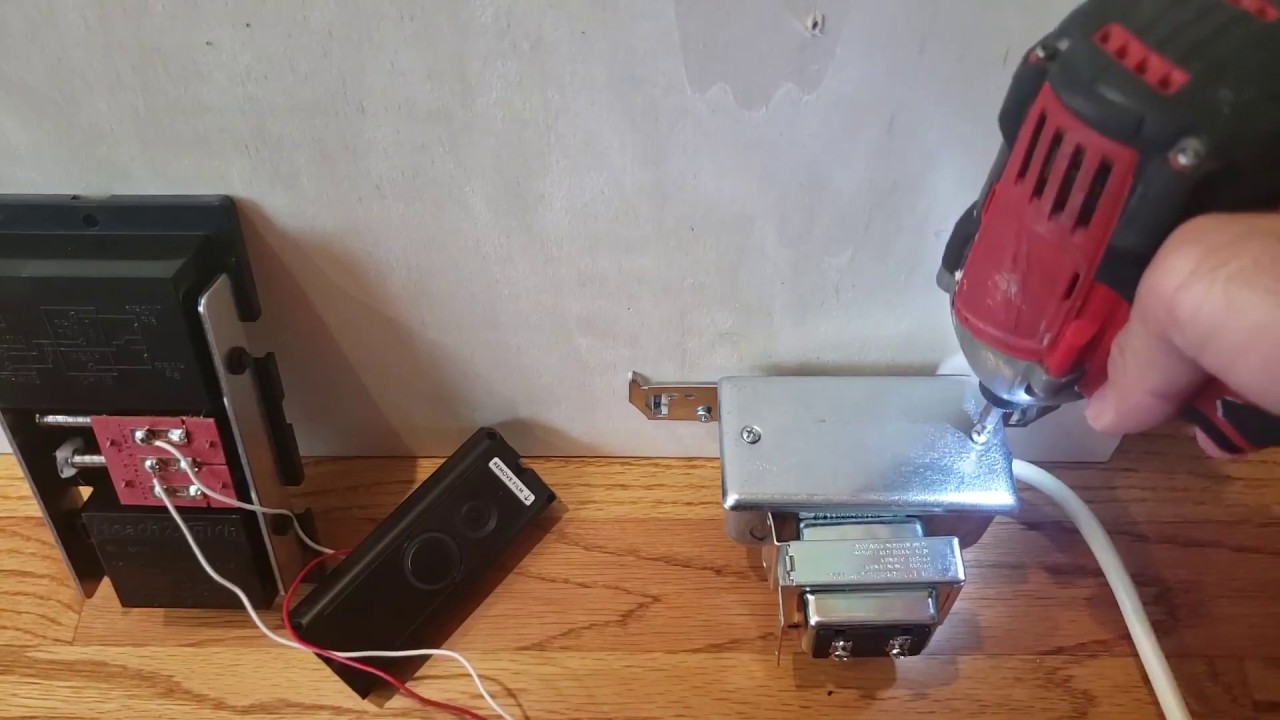
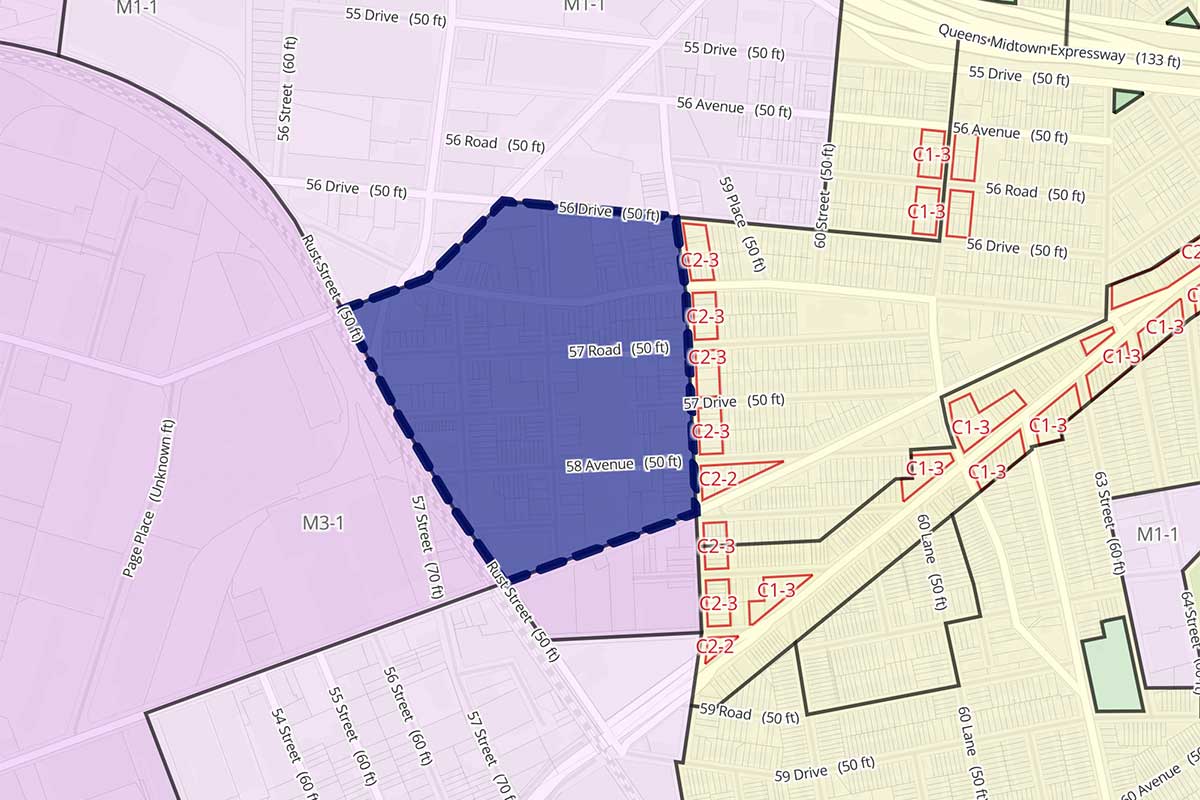

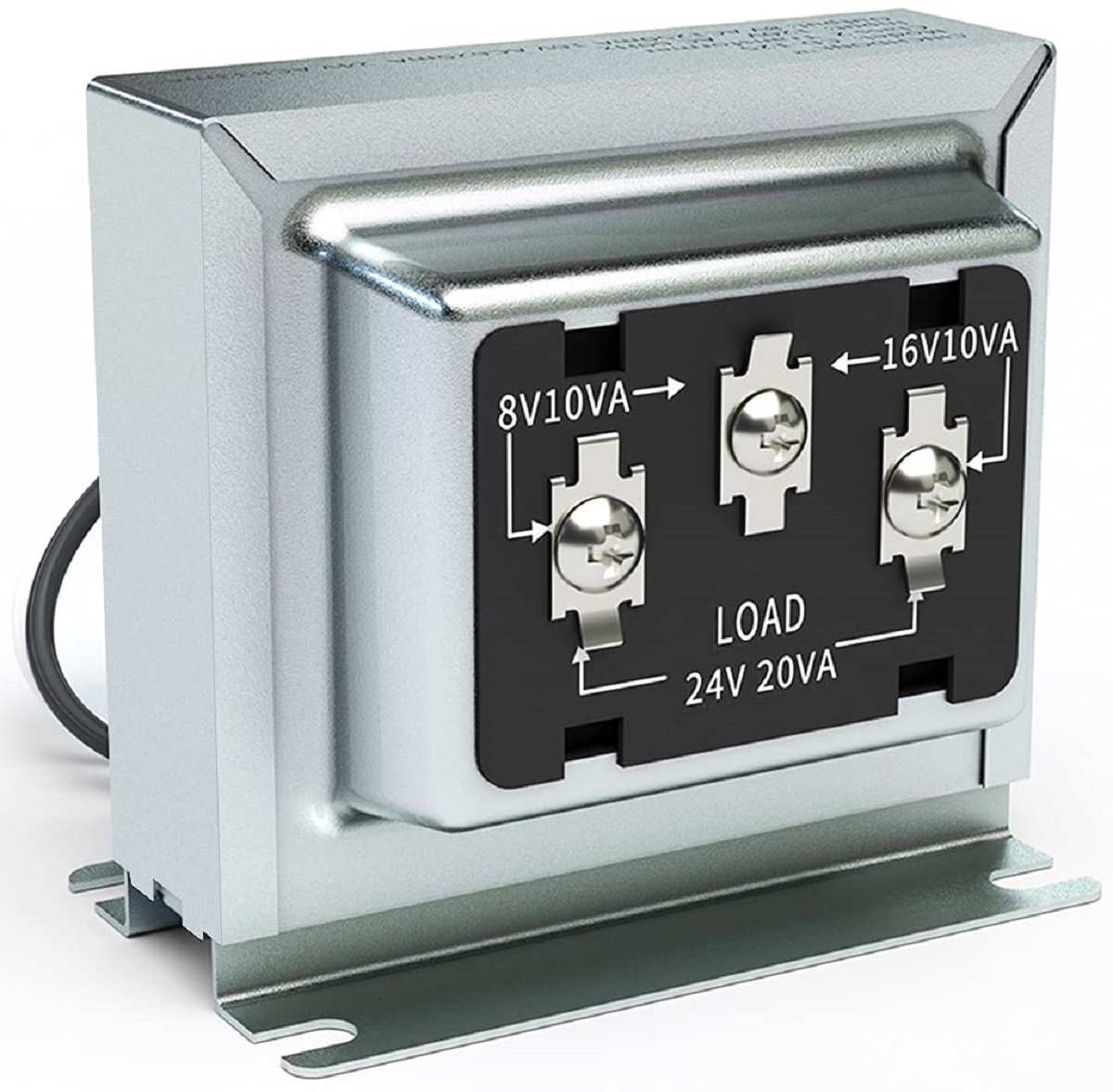



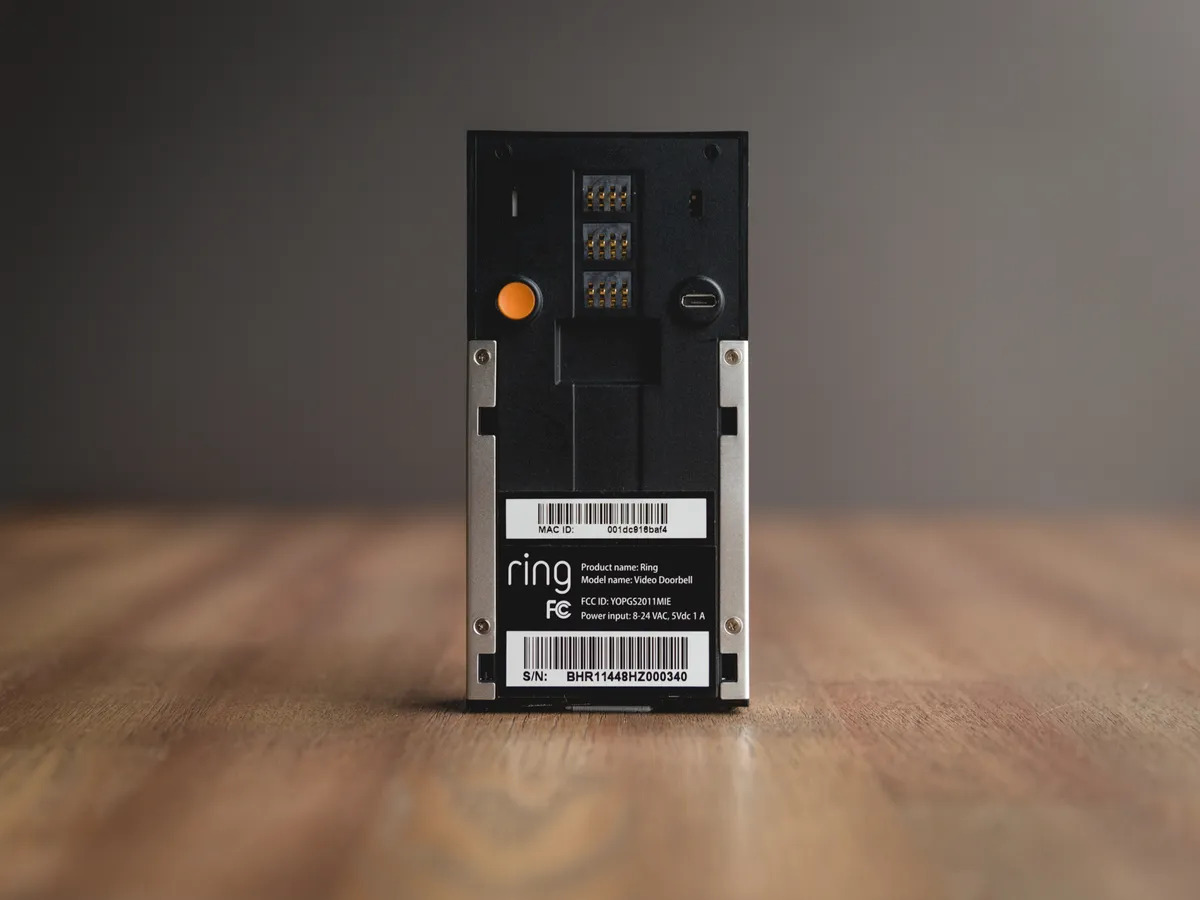
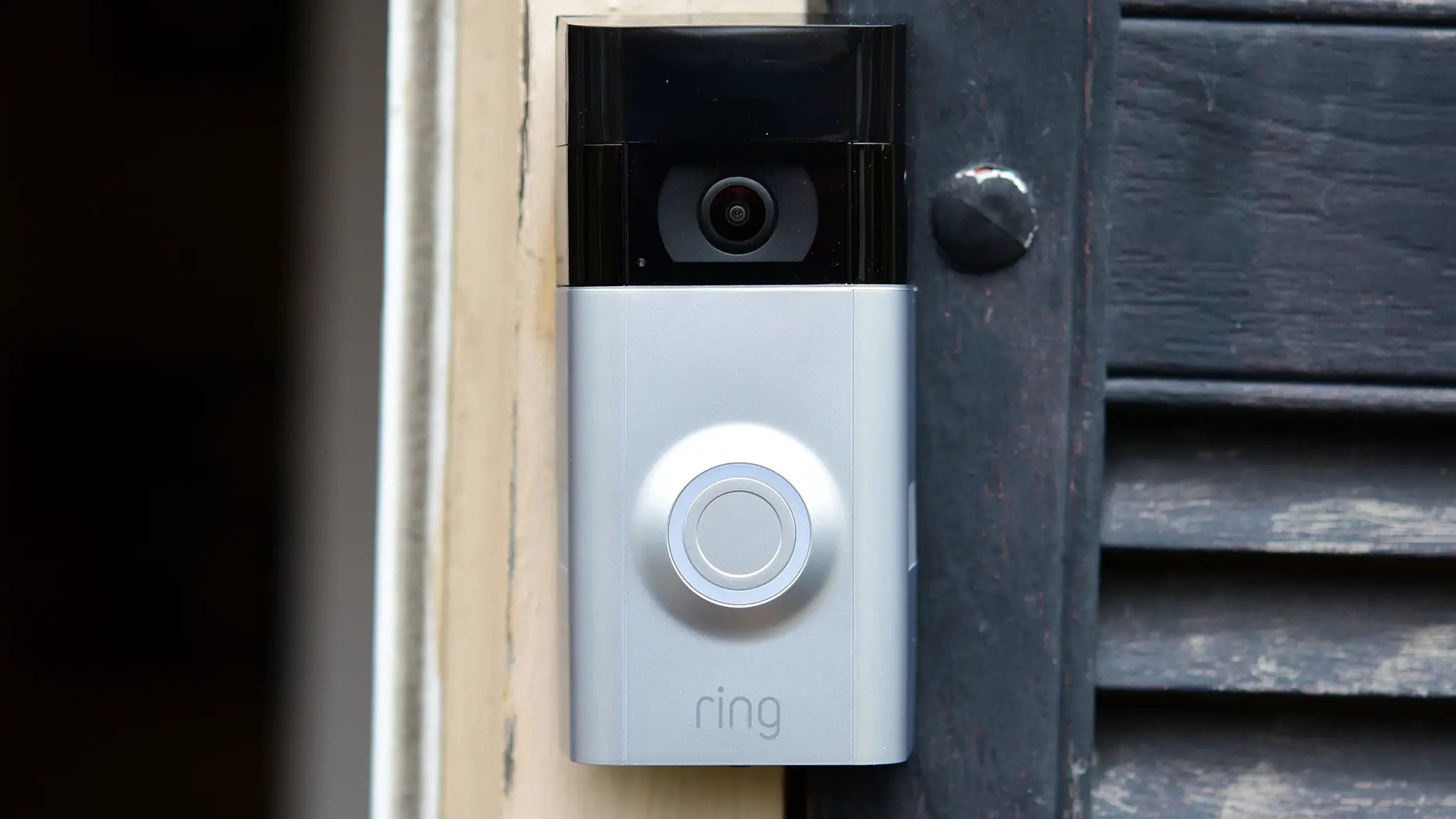

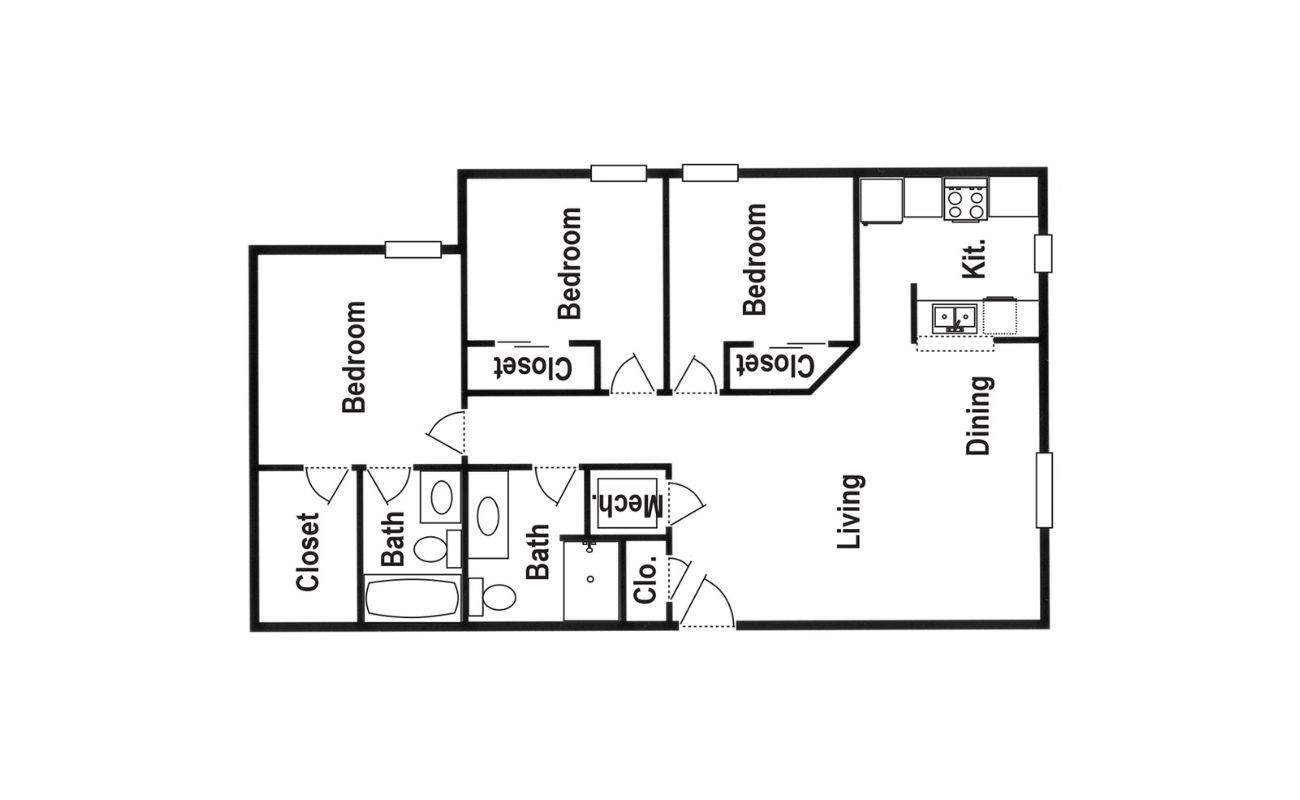

0 thoughts on “How To Find My Doorbell Transformer”